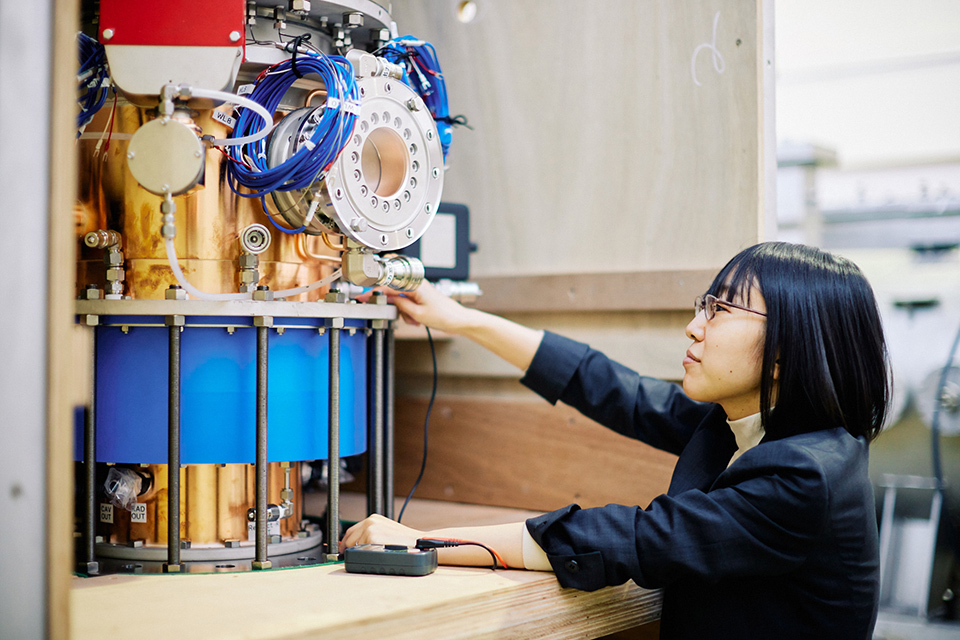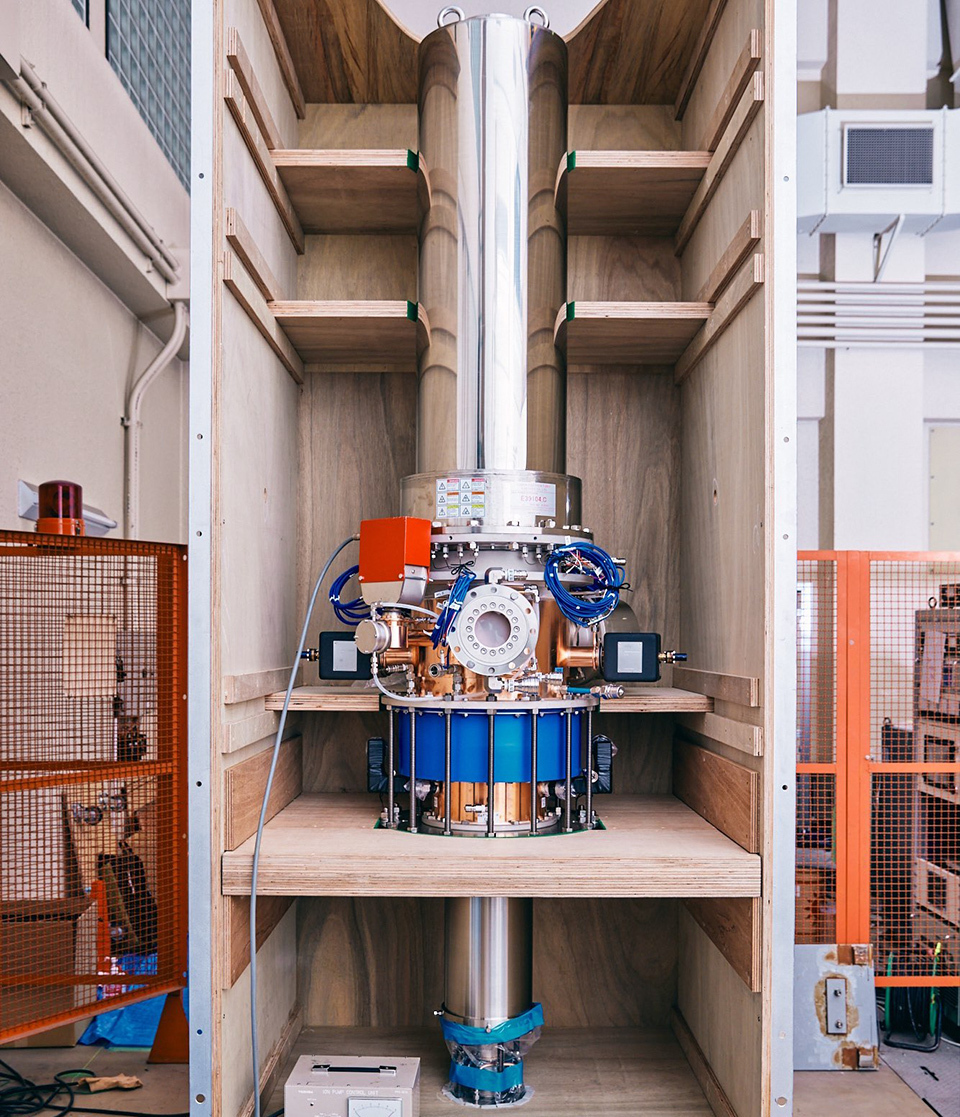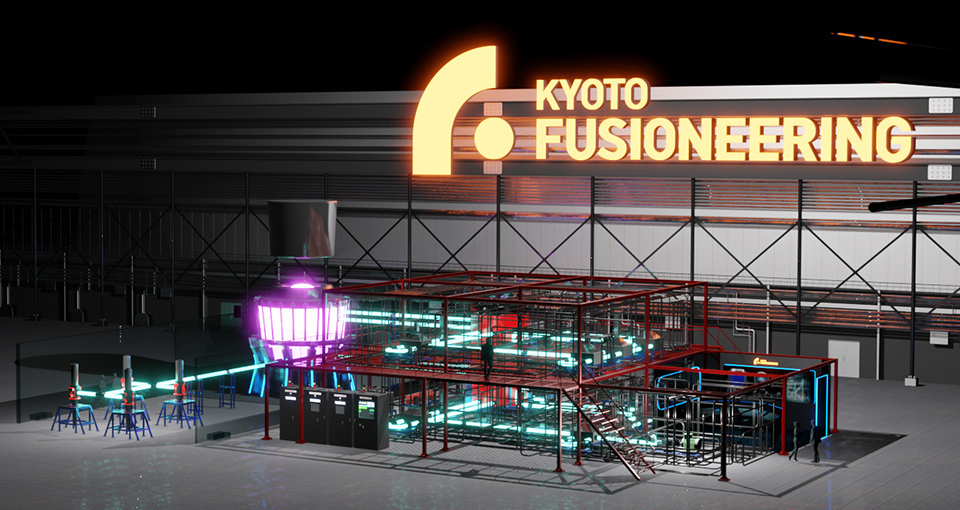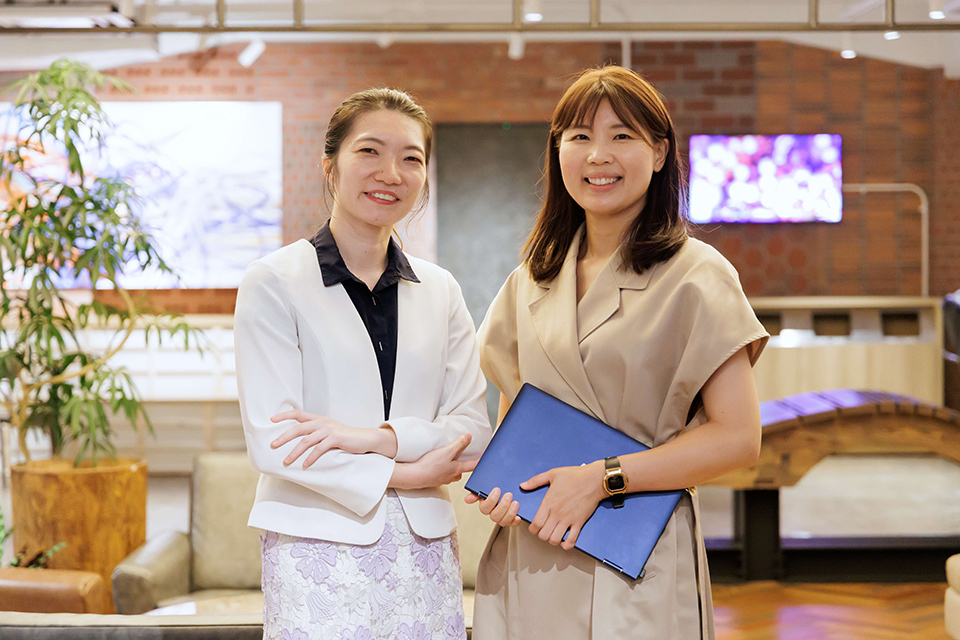There are grand expectations for fusion power around the world in the pursuit of energy security and decarbonization. Kyoto Fusioneering Ltd. is a unique Japanese startup specializing in fusion plant engineering. What are the company’s latest efforts?

“Recreating the Sun on Earth” is how fusion power generation attempts are often described. Born almost 5 billion years ago, the Sun shines thanks to the process of fusion. In this case, hydrogen, which has a light atomic nucleus consisting of one proton in its most common form (known as protium), combines with other hydrogen atoms to form helium, which has a heavier nucleus with two protons and two neutrons. Fusion power seeks to replicate that phenomenon on the ground as a next-generation energy source.
The most viable method of producing fusion energy on Earth is to fuse together deuterium and tritium, two different isotopes of hydrogen. The energy obtained by fusing just one teaspoon of fuel is roughly equivalent to that of a tanker truck full of petroleum (about 8 tons). Fortunately, gases such as carbon dioxide and nitrogen oxides are not produced in the fusion process. Unlike conventional nuclear power, which involves chain reactions of nuclear fission, nuclear fusion is easier to control as no such chain reactions take place. Moreover, because the primary fuels—deuterium and lithium—for fusion power exist in abundance in seawater and elsewhere, humanity will have a near-permanent source of energy if fusion becomes practical.
“It is difficult to generate fusion energy in a stable way, and even if we succeed in producing it, we may not necessarily be able to harness its energy. We also need to develop such peripheral technologies as fuel handling and heat recovery. Ours is the only company in the world working in that field,” said NISHIMURA Miki, Doctor of Philosophy and Business Development Manager at Kyoto Fusioneering Ltd.

A gyrotron, a special machine that heats the plasma fuel with microwaves to 100 million degrees Celsius or higher. It operates in a similar way to an extremely powerful microwave oven.
The company, which is a spin-off from Kyoto University, supports research institutes and private companies around the world that are engaged in fusion R&D. Its technological capabilities are based upon the knowledge of KONISHI Satoshi, Professor Emeritus at Kyoto University. Konishi, a leading expert in fusion plant engineering and a founding member of the company, has been involved with International Thermonuclear Experimental Reactor (ITER), a global fusion megaproject launched in 1985.

A gyrotron, a special machine that heats the plasma fuel with microwaves to 100 million degrees Celsius or higher. It operates in a similar way to an extremely powerful microwave oven.
YOGO Megumi is Corporate Design Division Manager at Kyoto Fusioneering. “There are many technological challenges: with materials, for example, one has to improve a component’s heat and corrosion resistance. Our business model is proposing customized solutions to clients to address such issues,” said Yogo. “Even the tiniest error of just a few microns is not permitted in any component or aspect of engineering in a fusion plant. In this respect, Japanese companies, which excel at precise manufacturing, are well suited to this kind of work. As a global Japan-based company, we want to serve as a bridge between outstanding domestic companies and the rest of the world.”
The company is also currently constructing an integrated testing facility for fusion power plant components, named the UNique Integrated Testing facilitY (UNITY), where a world-first demonstration test is slated for the end of 2024. The test will comprehensively assess an integrated series of components used for extracting heat from a fusion core to generate power, under conditions close to those of a commercial fusion power plant. If successful, it will demonstrate, for the first time, the possibility of generating power through nuclear fusion, taking a major step toward the goal of viable fusion energy.

A graphic image of the UNique Integrated Testing facilitY (UNITY), slated for completion in 2024. A high-temperature, high-magnetic field environment, mimicking that of a fusion core (blanket), will be simulated without the use of radioactive tritium fuel to demonstrate a series of power generation systems.
“In addition to the ITER project, fusion research in the private sector has become more active in recent years, primarily at U.S. startups. The companies in the fusion industry are more like partners aiming for the same goal, rather than rivals. We would like to contribute in some way to the realization of fusion power, based on the solid foundation and capabilities of Japan’s manufacturing industry,” said Nishimura.
“The best thing about fusion energy is that it is a form of energy that can be produced anywhere in the world. This technology has the potential to close the global divide caused by the uneven distribution of natural resources,” added Yogo.
Looking to the future, Kyoto Fusioneering plans to use the enormous thermal energy generated by fusion plants not only for electricity production but also for carbon fixation. There is no shortage of ideas for the technology, from miniaturizing fusion reactors and mounting them on rockets to generating electricity at sea.
When fusion technology is perfected and the “Sun is recreated on Earth,” humanity will see the dawning of a new era.

NISHIMURA Miki (left) and YOGO Megumi (right) from Kyoto Fusioneering. “Fusion energy sits at the forefront of human knowledge. At this moment in time, we are standing on the shoulders of giants. In other words, the knowledge and technology that humans have developed so far have opened up new horizons,” affirmed Nishimura.






























